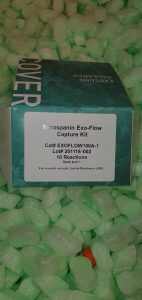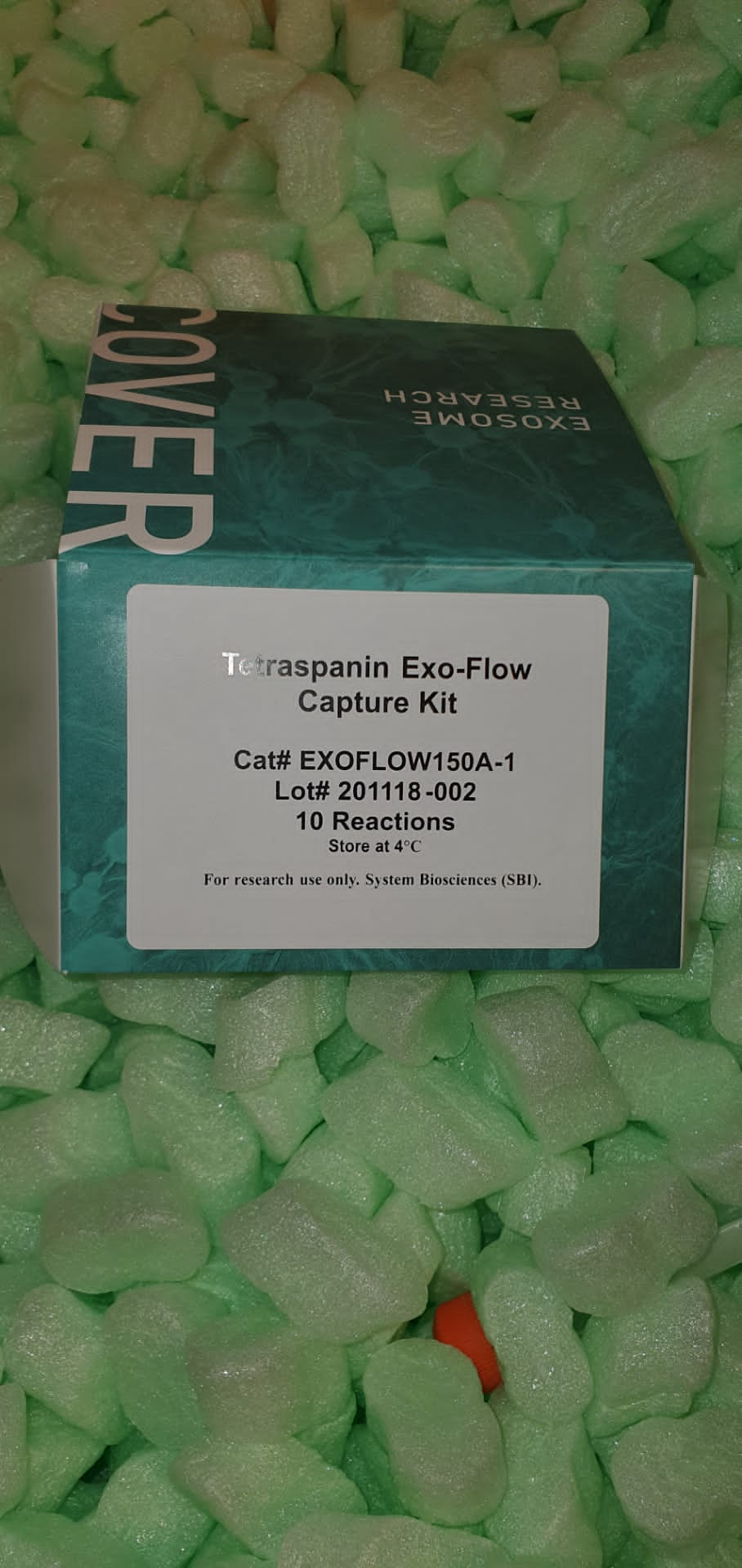Shoots affected by powdery mildew had been collected from Siberian pea bushes in July 2009 on the University of Wisconsin-Madison campus and on the campus of Université Laval, Quebec City, Quebec. This unique shrub or small tree is occasionally planted in Wisconsin and three shrubs in a bunch that had been affected are the one examples identified on the UW-Madison campus.
In Quebec City, Siberian pea tree is extra generally used as a decorative, usually in hedges (as is the case of the affected vegetation on the Université Laval campus). In each areas, <10% of foliage was visibly affected, however incidence was better on shoots nearer to the bottom than on increased shoots. White-to-grayish mycelium was current on leaves and younger stems and generally utterly lined each higher and decrease leaf surfaces. Dark brown-to-black chasmothecia had been quite a few on leaf blades, petioles, and younger stems, however had been most plentiful on decrease surfaces of leaves.
Morphology of chasmothecia, together with appendages with distinctive terminal dichotomous branching, (1) was in line with descriptions and illustrations of the fungus Erysiphe palczewskii Jacz. (synonym Microsphaera palczewskii) (1-4) considered native to Asia, however often known as an invader of Europe the place it happens on the identical host. For a pattern from Université Laval, imply diameter of chasmothecia was 113 μm, imply appendage size was 185 μm, and barrel-shaped conidia that lacked fibrosin our bodies averaged 30 × 14 μm. Asci contained oval, yellow ascospores with imply dimensions of 20 × 12 μm.
DNA was extracted from chasmothecia, and nuclear rDNA sequences (633 nucleotides) of the Wisconsin (GenBank Accession No. GQ497277) and Quebec (GenBank Accession No. GQ497276) specimens differed by just one nucleotide. The sequences that had been obtained most intently matched GenBank sequences for Oidium spp. (98%) and Erysiphe spp. (97%). Further observations indicated that the identical pathogen affected Siberian pea bushes planted as ornamentals at a number of areas separated by ≥15 km in the metropolitan Quebec space.
This report extends the japanese identified restrict of E. palczewskii in the United States, beforehand identified from collections in Alaska (2), Washington (4), Idaho (4), North Dakota (3), and Minnesota (3). To our information, that is the primary report of this illness in Canada, and it signifies that the distribution of E. palczewskii is transcontinental.
Specimens from Madison, WI and Quebec, QC have been deposited in the U.S. National Fungus Collections (BPI 879152) and the Rene Pomerleau Herbarium of the Canadian Forest Service Laurentian Forestry Centre (QFB-22601). References: (1) U. Braun. Beih. Nova Hedwigia 89:1, 1987. (2) D. A. Glawe and G. A. Laursen. Online publication. doi:10:1094/PHP-2005-1017-01-BR. Plant Health Progress, 2005. (3) D. A. Glawe et al. Online publication. doi:10.1094/PHP-2006-0117-01-BR. Plant Health Progress, 2006. (4) C. Nischwitz and G. Newcombe. Plant Dis. 87:451, 2003.
First Report of Powdery Mildew Caused by Golovinomyces biocellatus on Peppermint in California.
In August of 2009, powdery mildew was noticed on peppermint (Mentha piperita L.) in a number of industrial fields in the Fall River Valley of japanese Shasta County, California. Plant progress was apparently diminished by the illness, however its affect on yield was unknown. White fungal progress was restricted to the adaxial surfaces, the place colonies had been skinny and effused. Heavily contaminated leaves developed a reddish tint as progress prematurely ceased. Doliform conidia ([26.6-] 29.2 [-31.7] × [13.2-] 15.6 [-16.8] μm) had been produced in chains of roughly six conidia.
Foot cells had been cylindrical ([41.3-] 55.2 [-75.0] × [11.2-] 12.0 [-12.8] μm). Immature chasmothecia had been yellowish brown and roughly 100.Zero μm in diameter with flexuous, mycelium-like appendages as much as 200 μm lengthy. All these options had been in line with these of Golovinomyces biocellatus. Asci weren’t noticed. To affirm the identification of the fungus, nuclear rDNA inside transcribed spacer (ITS) areas had been amplified by PCR with common primers ITS4 and ITS5.
The sequence (537 bp) was a precise match for a number of submissions of G. biocellatus in GenBank (e.g., Accession No. EU035602, a sequence of the fungus from mint in Australia [1]). Pathogenicity was confirmed by brushing spores from naturally contaminated leaves onto three rooted cuttings of M. piperita ‘Black Mitchum’. After the vegetation had been lined with a plastic bag for 36 h to keep up excessive humidity, they had been stored on a greenhouse bench at 23 to 28°C.
Three noninoculated vegetation, which served as controls, had been positioned in one other greenhouse in related situations. The experiment was repeated as soon as. All inoculated vegetation developed indicators of powdery mildew inside 7 days of inoculation whereas noninoculated vegetation remained illness free. The fungus on inoculated leaves was morphologically indistinguishable from the one used to inoculate the vegetation. To our information, that is the primary report of G. biocellatus on peppermint in California. References: (1) J. R. Liberato and J. H. Cunnington. Australas, Plant Dis. Notes 2:38, 2007.
Root and Crown Rot of Anthurium Caused by Calonectria ilicicola in Iran.
In the autumn of 2008, a extreme illness of Anthurium andraeanum with wilting and root and crown rot signs was noticed in a greenhouse in the Varamin space of Tehran. A species of Calonectria was remoted constantly from symptomatic tissues on 2% potato dextrose agar (PDA). The fungus produced perithecia and a Cylindrocladium anamorph when incubated on carnation leaf agar beneath near-ultraviolet mild at 25°C. Perithechia had been reddish brown, subglobose to ovoid, and 300 to 400 μm in diameter. Asci had been clavate, hyaline, 90 to 140 × 12 to 19 μm, and tapering to a protracted skinny stalk.

Ascospores had been fusoid, straight to barely curved, 1- (-3) septate, and (30-) 37 to 50 (-65) × (4-) 5 to six.5 (-7) μm (imply = 45 × 6 μm; n = 30). Penicillate conidiophores gave rise to stipe extensions that terminated in sphaeropedunculate vesicles (6-) 7 to 10 (-12) μm in diameter. Conidia had been hyaline, cylindrical, rounded at each ends, straight, (45-) 70 to 82 (-90) × (4-) 5 to six.5(-7) μm (imply = 62 × 6 μm; n = 30), and (1-) 3-septate. On the premise of morphology, the fungus was recognized as Calonectria ilicicola Boedijin & Reitsma.
Koch’s postulates had been fulfilled by spray inoculating 1-month-old seedlings with a conidial and mycelial suspension (105 particles per ml) of the fungus obtained from 14-day-old single-spore colonies grown on PDA at 25°C. Following inoculation, all vegetation had been maintained in plastic baggage in a glasshouse at 25 ± 1°C. After 15 to 25 days, signs resembling these seen in the diseased glasshouse had been detected on inoculated vegetation. C. ilicicola was reisolated from the artificially contaminated tissues.
No signs had been detected on the management vegetation. Nucleotide sequences of the interior transcribed spacer (ITS) areas of the nrDNA operon and the partial histone H3 gene had been decided for derived pressure CPC 16334 as described beforehand (1,3). The ITS sequence (GenBank Accession No. GU057378) matched 100% (644/644 bp) with the sequence of C. ilicicola pressure CBS 463.76 (GenBank AF493963) and the histone H3 sequence (GenBank GU057379) matched 99% (456/458 bp; as a result of two versus three AC repeats in the sequence) with that of C.
[Linking template=”default” type=”products” search=”Anti- Neurofascin (NFASC) Antibody” header=”3″ limit=”122″ start=”4″ showCatalogNumber=”true” showSize=”true” showSupplier=”true” showPrice=”true” showDescription=”true” showAdditionalInformation=”true” showImage=”true” showSchemaMarkup=”true” imageWidth=”” imageHeight=””]
ilicicola pressure CBS 112217 (GenBank AY725686). To our information, that is the primary report of Calonectria and Cylindrocladium genera and the illness brought on by C. ilicicola from Iran. References: (1) R. Cheewangkoon et al. Persoonia 23:55, 2009. (2) P. W. Crous and M. J. Wingfield. Mycotaxon 51:341, 1994. (3) P. W. Crous et al. Stud. Mycol. 50:415, 2004.
